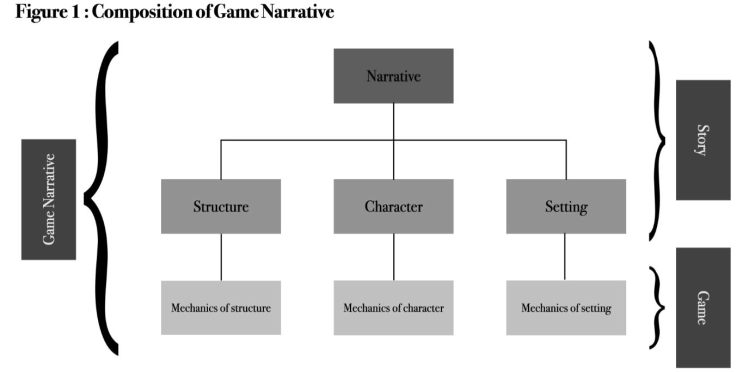
Abstract: Video games and narratives are often considered non-compatible but often combined regardless. Technical configurations and player expectations of open-world RPGs are especially conflicting, although the genre is common. This paper assumes the perspective that through narratives, game designers can contextualize actions and build purpose for players. To avoid disjunctions between ludic and narrative elements, game designers should tie the mechanics relating to narrative components (structure, character, setting) into the narrative thematically. This paper examines techniques designers can use to create synchronicity between open worlds and embedded narratives and bridge the extreme gaps in freedom. Each narrative component’s mechanics are analyzed individually using expert theories and case studies of open-world RPGs.
